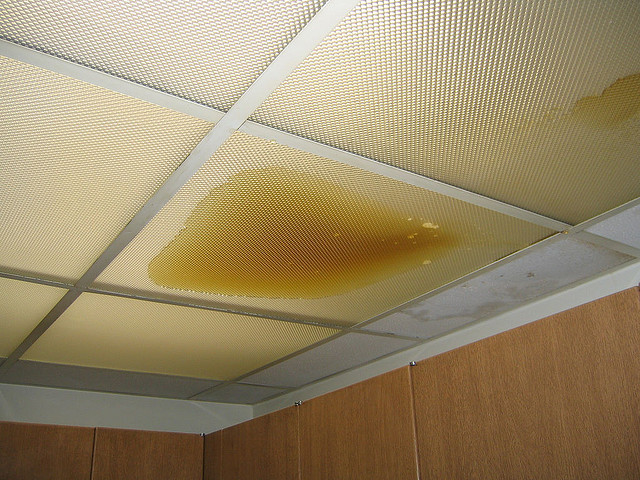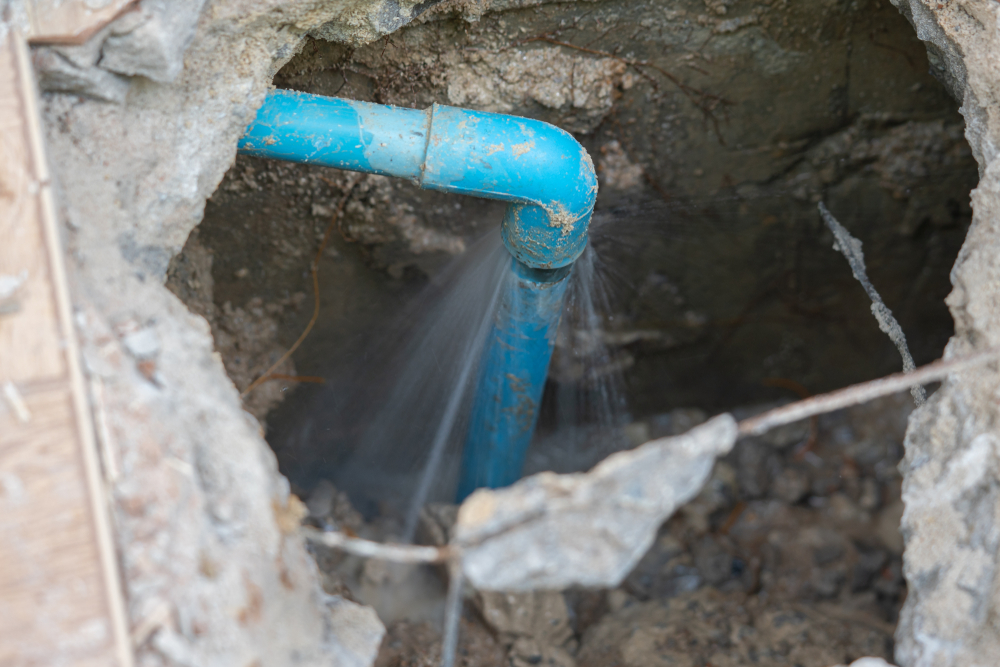6 Ways to Locate Concealed Water Leaks in Your House
6 Ways to Locate Concealed Water Leaks in Your House
Blog Article
Presented here below you can locate some decent content on the subject of Locating water leaks.

Early detection of dripping water lines can alleviate a possible disaster. In addition to conserving you money, it will certainly reduce the aggravation and also disappointment. The minute you discover a leak, calling your plumber for repairs is the very best solution. However, some little water leakages may not show up. If you can not detect it with your naked eyes, here are some hacks that aid.
1. Examine the Water Meter
Every home has a water meter. Checking it is a guaranteed manner in which aids you find leaks. For beginners, shut off all the water resources. Make sure no one will certainly flush, utilize the tap, shower, run the cleaning maker or dish washer. From there, most likely to the meter as well as watch if it will certainly change. Because no one is using it, there must be no motions. If it moves, that shows a fast-moving leak. Similarly, if you spot no changes, wait a hr or two and also check back once more. This implies you may have a slow-moving leakage that could even be below ground.
2. Examine Water Consumption
Evaluate your water bills as well as track your water consumption. As the one paying it, you should notice if there are any inconsistencies. If you spot sudden changes, despite your usage being the same, it indicates that you have leakages in your plumbing system. Remember, your water expense must drop under the exact same variety each month. An unexpected spike in your expense suggests a fast-moving leak.
On the other hand, a steady increase monthly, despite having the very same behaviors, shows you have a slow-moving leak that's also slowly rising. Call a plumber to thoroughly inspect your residential property, particularly if you feel a cozy area on your floor with piping beneath.
3. Do a Food Coloring Examination
When it comes to water usage, 30% comes from commodes. If the color in some way infiltrates your dish throughout that time without flushing, there's a leakage in between the container and also dish.
4. Asses Outside Lines
Do not fail to remember to check your outside water lines also. Test faucets by connecting a garden pipe. Must water permeate out of the link, you have a loose rubber gasket. Replace this and make certain all connections are limited. If you have actually obtained an automatic sprinkler, it will certainly help get it expertly checked out and also maintained each year. One small leakage can waste tons of water and also increase your water costs.
5. Analyze the scenario and evaluate
Homeowners ought to make it a practice to inspect under the sink counters as well as even inside closets for any kind of bad odor or mold development. These 2 red flags show a leakage so prompt interest is required. Doing routine inspections, even bi-annually, can save you from a major issue.
If you know your residence is currently old, keep a careful eye on your heaters, pipes, pipes etc. Check for discolorations and also damaging as the majority of pipelines as well as home appliances have a life expectancy. They will also normally degrade because of tear and also use. If you presume leaking water lines in your plumbing system, don't wait for it to rise. Call a specialist plumber right away so you do not end up with an awful mess in your home.
Early discovery of dripping water lines can minimize a possible catastrophe. Some tiny water leakages might not be noticeable. Inspecting it is a surefire means that aids you find leaks. One small leak can squander loads of water and surge your water bill.
If you believe leaking water lines in your plumbing system, do not wait for it to intensify.
WARNING SIGNS OF WATER LEAKAGE BEHIND THE WALL
PERSISTENT MUSTY ODORS
As water slowly drips from a leaky pipe inside the wall, flooring and sheetrock stay damp and develop an odor similar to wet cardboard. It generates a musty smell that can help you find hidden leaks.
MOLD IN UNUSUAL AREAS
Mold usually grows in wet areas like kitchens, baths and laundry rooms. If you spot the stuff on walls or baseboards in other rooms of the house, it’s a good indicator of undetected water leaks.
STAINS THAT GROW
When mold thrives around a leaky pipe, it sometimes takes hold on the inside surface of the affected wall. A growing stain on otherwise clean sheetrock is often your sign of a hidden plumbing problem.
PEELING OR BUBBLING WALLPAPER / PAINT
This clue is easy to miss in rooms that don’t get much use. When you see wallpaper separating along seams or paint bubbling or flaking off the wall, blame sheetrock that stays wet because of an undetected leak.
BUCKLED CEILINGS AND STAINED FLOORS
If ceilings or floors in bathrooms, kitchens or laundry areas develop structural problems, don’t rule out constant damp inside the walls. Wet sheetrock can affect adjacent framing, flooring and ceilings.
https://www.servicemasterbyzaba.com/blog/how-to-detect-water-leakage-in-walls/

I'm very inquisitive about Hacks to detect leaks and I am hoping you enjoyed our article. Sharing is caring. You won't know, you could be doing someone a favor. I enjoy reading our article about Hacks to detect leaks.
Report this page